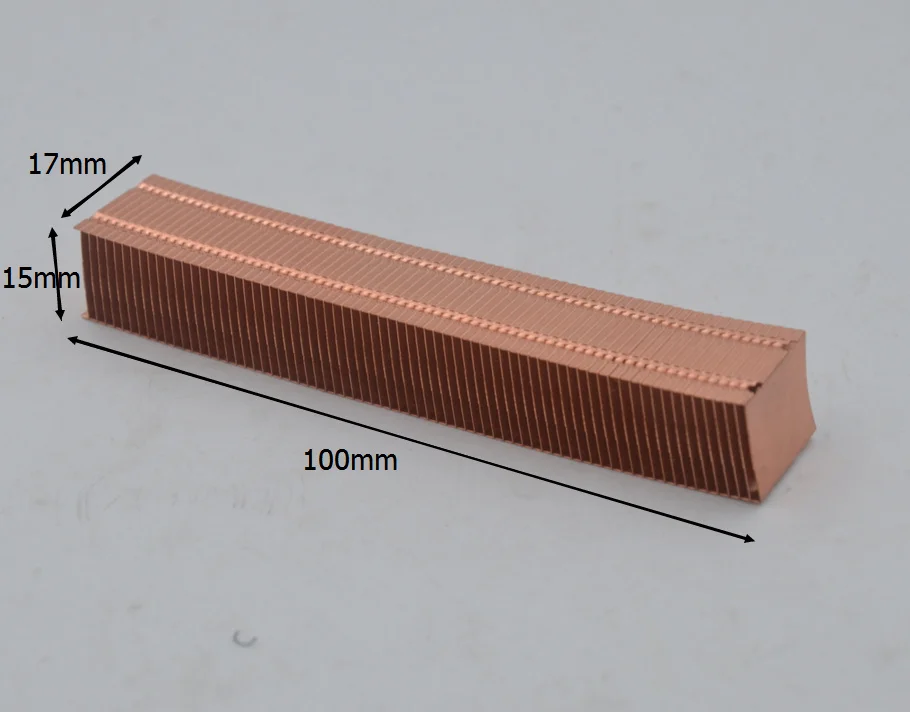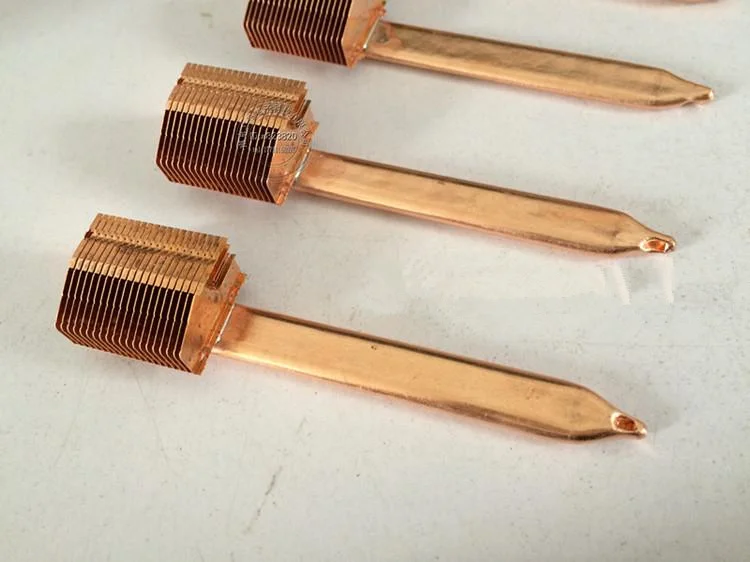what exactly you try to protect from rain? what do you want to cool?
How cool?, cooler than ambient? or just enough to still function and not melt components?
As for movin heat around i suggest getting some heatpipes from aliexpress or something and some chunks of aluminium or copper. Drill a hole to fit the heatpipe, drill a radiator (finned solid or finstack) to fit the radiator in an exposed area.
Cooling can be passive (some testing must be done)
As for waterproofing, depends what to waterproof.. pcb of electronics? motors? actuators? senzors?
Anyway, for bought items check the IP rating. You need a motor to run underwater.. no problem get IP 68
Same for senzors or senzor housings, or pcb housings.
About resistance to environment here is an example: car ECUs have the lamest lowpower CPU because it needs to keep the heat down, and while a rasberryPi will outclass the car ECU, it's massive heat generation is a problem, so they put a poket calculator cpu in ECU if that floats the boat. (bear in mind the workload is fixed, not wildly variable like in PC where you want the latest game istalled and performance drops.. here a fixed set of instructions are done with the same software as designed for its entire life)
Also the entire pcb is coated with a resin (with components as well, not just the pcb) to make it very resistant to water, also the entire thing is placed inside into a hermetically sealed aluminium box that acts as a passive radiator.
You can put that arduion or whatever in a box like this
https://www.alibaba.com/product-detail/112-pin-waterproof-auto-car-Aluminum_60471598388.html
and if heats build up faster than what you need get drilling into it and make a tree of heatpipes and surounding heatsyncs like theese
https://www.aliexpress.com/item/327...chweb0_0,searchweb201602_1,searchweb201603_53
Smarter Shopping, Better Living! Aliexpress.com

www.aliexpress.com
Smarter Shopping, Better Living! Aliexpress.com

www.aliexpress.com
keep the rads in the shade so it will not heat up from the sun.




